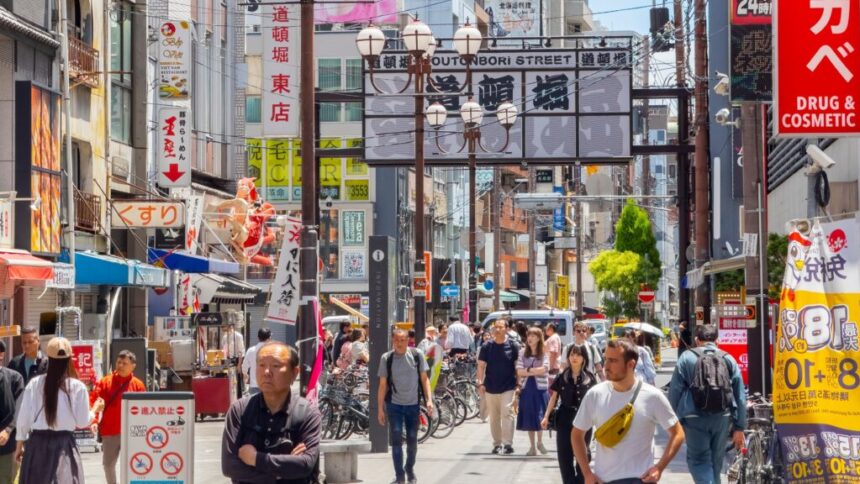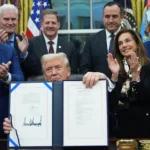Japan’s cabinet has signed off on a 21.3 trillion yen (about $135.5 billion) stimulus package, aiming to revitalize a cooling economy and ease the strain on households dealing with persistent inflation. Prime Minister Sanae Takaichi is positioning the plan as a major push to stabilise prices, strengthen economic performance, and expand the country’s defence and diplomatic capabilities.
According to NHK, which summarised the plan’s key points, this is Japan’s largest stimulus package since the pandemic. The government intends to boost local government grants and introduce subsidies to help with electricity and gas costs. These relief measures will begin in January and are expected to provide roughly 7,000 yen in support to the average household over three months. Taxes on gasoline will also be scrapped.
Japan will also establish a 10-year fund to support domestic shipbuilding and implement measures aimed at increasing defence spending to 2% of GDP by fiscal 2027.
To pay for the new initiatives, the government plans to quickly assemble a supplementary budget bill and aims to secure its passage by the end of the year, relying on cooperation from opposition parties. Although the ruling Liberal Democratic Party does not hold a majority on its own, its alliance with the Japan Innovation Party gives the bloc 231 seats, just two short of control in the 465-seat Lower House.
Economic Concerns Driving the Package
Takaichi’s government is acting amid growing unease about Japan’s economic outlook. Inflation has exceeded the Bank of Japan’s 2% target for nearly four years straight. October’s headline inflation reached 3%, while core inflation—excluding fresh food prices—also stood at 3%.
Bank of Japan Governor Kazuo Ueda cautioned lawmakers that the weak yen could further push up import costs, adding upward pressure on prices. Finance Minister Satsuki Katayama echoed concerns about currency volatility and suggested that market intervention might be possible if sharp fluctuations continue.
Concerns about inflation arise alongside slowing economic growth. Japan’s GDP shrank 0.4% in the July–September quarter compared with the previous period, marking the first contraction in six quarters. On an annualized basis, the economy declined 1.8%, according to government figures released earlier this week.
There was at least one positive sign: October trade data showed exports rising 3.6% year over year, beating expectations as stronger shipments to Asia and Europe offset weaker demand from the U.S.





